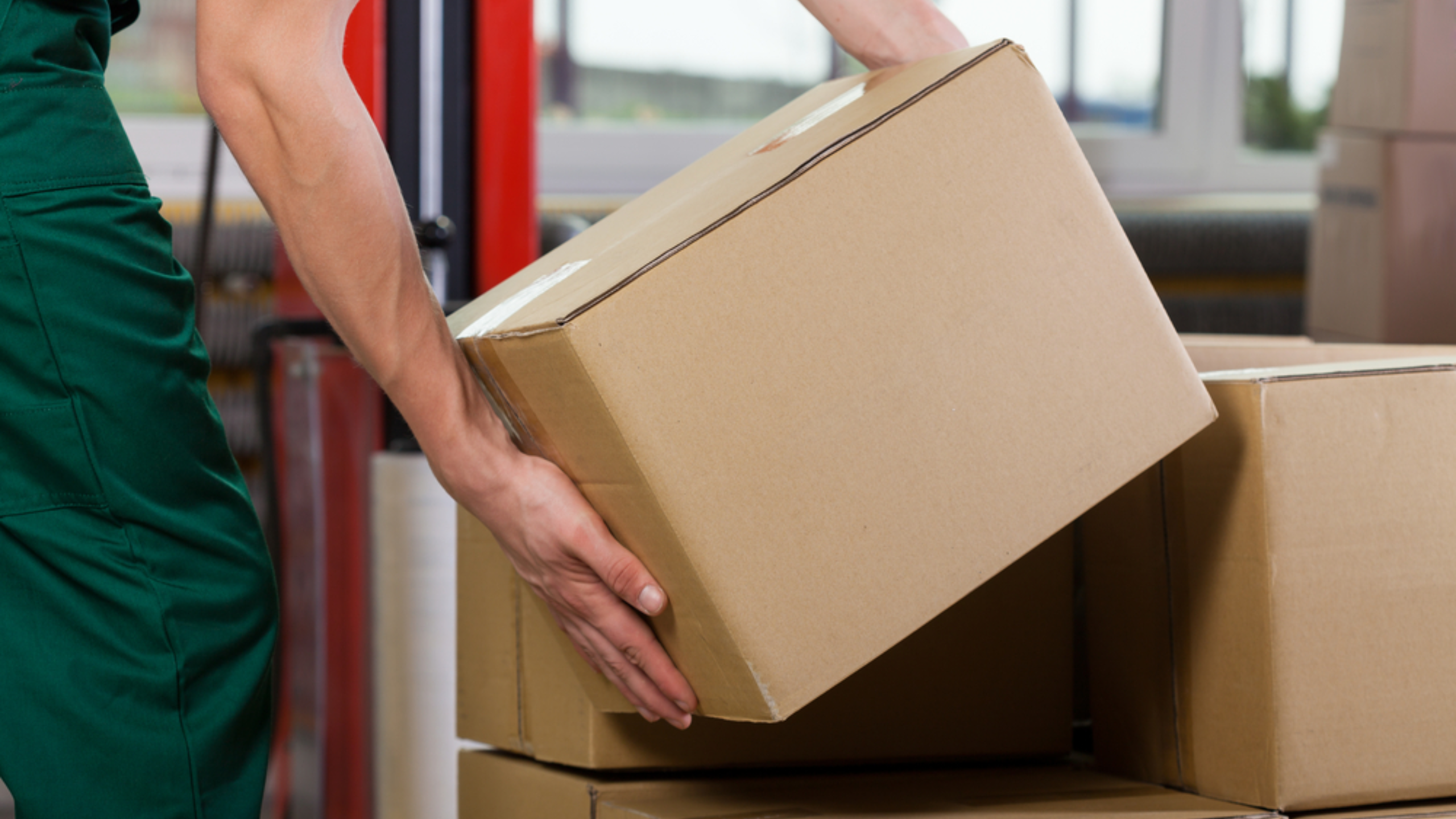
Quality packaging not only plays a very crucial role in a product’s protection but also in its presentation. Unfortunately, not all businesses take the same care and planning when it comes to protecting shipments. Probably, they are unaware that a small percentage of damage to packaging can negatively affect their profitability.
If you are a business owner who takes this seriously, you should know how to protect your products during shipment. Here are eight recommendations for keeping things safe and sound after they leave your dock.
8 Useful Tips For Protecting Your Products during Shipment
As you pack goods for shipping, you must constantly consider several factors that may impact the delivery. Consider climatic conditions, temperature variations, product movement, breakdowns of trucks, and supply chain weaknesses.
The following guidelines should help you in mitigating the challenges.
1. Choose a Box That Fits Your Product Size.
Using a good-quality box when shipping goods is crucial to the product’s protection and presentation upon arrival. The box should be new or gently used and structurally designed for your merchandise’s maximum security.
The cost of customized shipping boxes is well worth the investment for secure shipping and intact deliveries. For a new startup, it is advisable to experiment with different box sizes and materials to see what best fits your product.
2. Wrap All Items Separately.
When shipping a package containing multiple products, it is necessary to wrap them separately so they do not shift during transit. To prevent movement and damage between your products, wrap them individually and cushion them within the box.
Placing a layer of plastic around a package containing liquid will help prevent leakage or breakage.
3. Pack the Boxes Tightly.
While packing goods, don’t leave any empty spaces. There is a risk that the items inside may fall or bounce and suffer damage as a result. Fill the empty spaces in the box with packing paper or bubble wrap to keep the contents from moving.
If you are sending fragile goods, such as glass, you should ensure to use paper, foam, or bubble wrap between each item. Without careful handling, the glass will begin bumping into each other and may break eventually.
4. Seal The Box Lids Completely.
Shipping boxes are often susceptible to damage due to improperly taped lids. When dealing with heavy items, it is necessary to secure them tightly with strong tape.
Use automatic case sealers for this purpose. These machines seal your packed cartons’ top lids, allowing you to close product boxes efficiently and reliably. A case sealer machine is either automatic or semi-automatic and eliminates the use of tape guns.
5. Put a Fragile Label on The Boxes.
Shipping carriers typically note fragile packages. Make your products perishable if they are sensitive to temperature changes. You should apply pre-printed tape to any items likely to break or described as “fragile.”
Be aware that sometimes lazy employees ignore these notices when handling shipments. That’s why we do not recommend relying solely on these notices for your product safety.
6. Provide Packaging For Returns
Your business sometimes receives product returns from customers who are unhappy with it. Your product packaging must be easy to open and repack so that it is easy for the customer to return it.
7. Analyze Shipping Damage Data
You must keep accurate records of all damaged packages, the type of damage, and the circumstances under which it occurred. To prevent future harm, you should take appropriate measures to ensure it never happens again.
8. Hire a Courier or Shipping Company
Consider hiring a trustworthy and well-reputed shipping company that can deliver your packages safely. If you are still uncertain about the courier service you hired, sending some trial packages is an excellent idea to see if they reach their destination safely.
Final Thoughts
The probability of packages getting damaged is high since courier companies have to handle lots of stuff daily. When purchasing products online, consumers expect the products to arrive in excellent and well-packed condition.
Reduce product damage and improve customer satisfaction by following our eight guidelines. While it may not be possible to prevent 100% of damages, reducing the number of such occurrences is preferable for long-term sustainability.


